One of the least-talked about series currently available for streaming on Netflix is Thailand’s Girl From Nowhere, a dark 13-part show about a teenage girl, Nanno (Chicha Amatayakul), who wreaks havoc at every school she enrolls in. Episodes in the series range from the violently bloody to the deeply sombre, and if you’re at all a fan of something like Tetsuya Nakashima’s 2010 feature Confessions or like to see teen content that’s interpreted in a delightfully devilish package, there’s plenty here to enjoy.
Each entry of Girl From Nowhere features a different story (save for two stories that are split across a pair of two-part episodes), making it extremely accessible viewing for those worried about falling behind on the show. Furthermore, all of the stories featured in the series are reportedly inspired by real-life events, which makes some of the episodes that much more fascinating.
But to make things even easier for those who’re truly pressed for time, I’ve ranked what I feel are the best episodes of the series. Rankings have been determined based on a variety of factors including the quality of an episode’s filmmaking, performances, major series highlights, and themes that spoke to me.

13. The Rank (S01E11, dir. Chaianan Soijumpa)
We begin this list with a bit of irony as the weakest episode of Girl From Nowhere just so happens to be the one that hinges its story entirely on one girl’s obsession and paranoia over rankings. Set in an all-girls school which has established a system to rank its most beautiful students, Nanno arrives to upset the status quo by toying with Ying, a girl who has never progressed beyond her number 10 spot in the school’s elite 10 beauties.
‘The Rank’ sets itself apart from other episodes in the series by being both the most visually garish (coating the episode’s fraternity house and students’ uniforms in bright shades of pink and purple) and tonally incongruous. Moments like Ying’s sabotage of her peers and the beauty announcements by the students’ headmaster are mostly played for laughs, and because of this ‘The Rank’ feels too far removed from the rest of the series, which up until this episode, had established Girl From Nowhere as a dark and moody show. This is a shame given what the show is capable of with premises that might appear silly on paper.
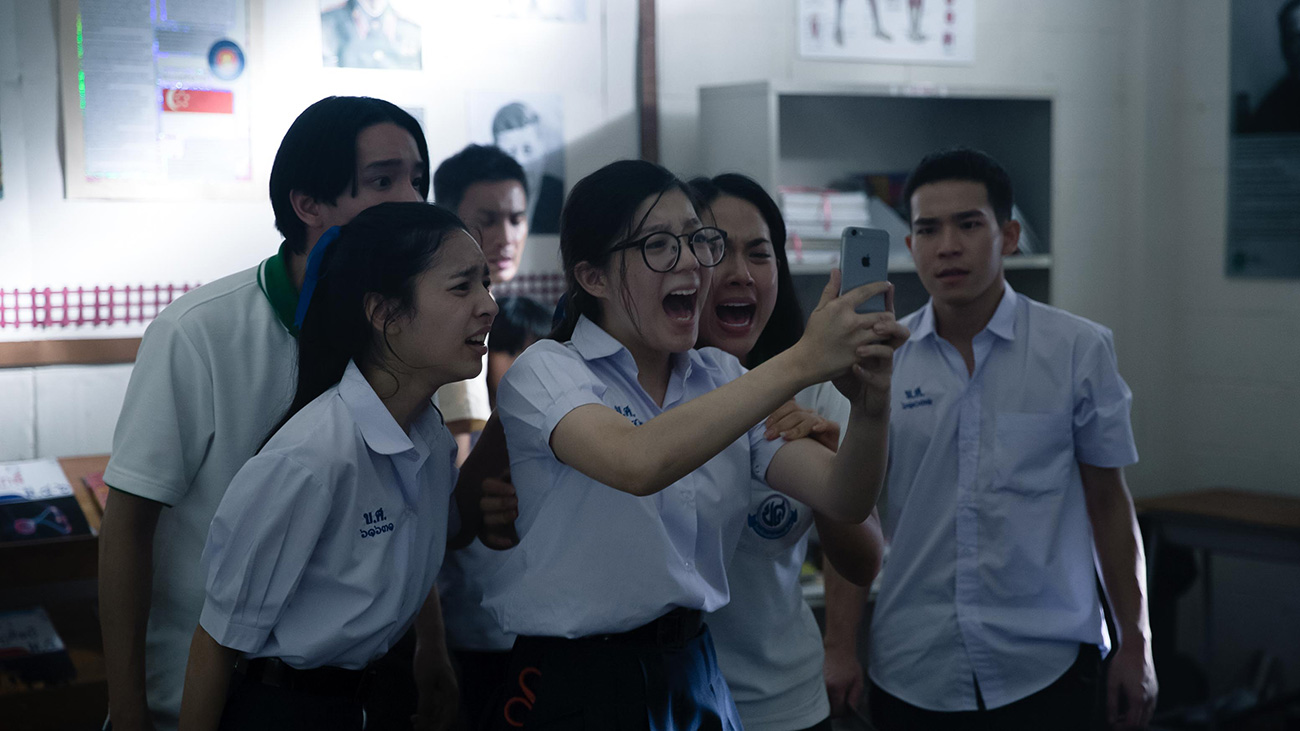
12. Trap (S01E09, dir. Jatuphong Rungrueangdechaphat)
Speaking of absurd premises, in this episode Nanno’s arrival at her new school coincides with the appearance of an escaped prisoner who murders their way around campus. As news gets around, a teacher, his daughter, and some of his students all find themselves trapped in a classroom, waiting until it is safe to come out. Nanno is among the students and manipulates everyone trapped with her, thus bringing out the worst in their characters.
With limited space to work with, ‘bottle episodes’ like this one offer a creative challenge for all involved and can be difficult to pull off. While ‘Trap’ does an admirable job of setting up a premise akin to the lighthouse scenes in Battle Royale — as Nanno plants the seeds of doubt among the classroom’s occupants and watches as dissension grows — the episode ends on a bit of a whimper as its open-ended mystery hardly makes for a satisfying conclusion for viewers.

11. Thank You Teacher (S01E10, dir. Varayu Rukskul)
One of only two episodes to focus its story solely on a teacher, ‘Thank You Teacher’ opens with Ms. Aum crashing her school assembly with a shotgun in her hands, much to the horror of everyone there. As she begins unloading shotgun shells on everyone, the rest of the episode reveals just how the teacher reached this breaking point.
Had this episode leaned in more on some of its themes, perhaps ‘Thank You Teacher’ might have rated higher on this list. The episode makes clear attempts to produce some commentary towards education — specifically around teaching methodology and the duty that teachers have to their students — yet brushes such weighty ideas aside in favour of a story which relies on worn-out tropes of the crazed and jilted wife.
‘Thank You Teacher’ does try to merge stress at work, Ms Aum’s goal for educational reform, and her traumatised past altogether as a means of fueling her revenge against the school, but the creative decisions for Ms Aum’s characterisation unfortunately overshadow a lot of the good that could have come from the episode’s ideas.
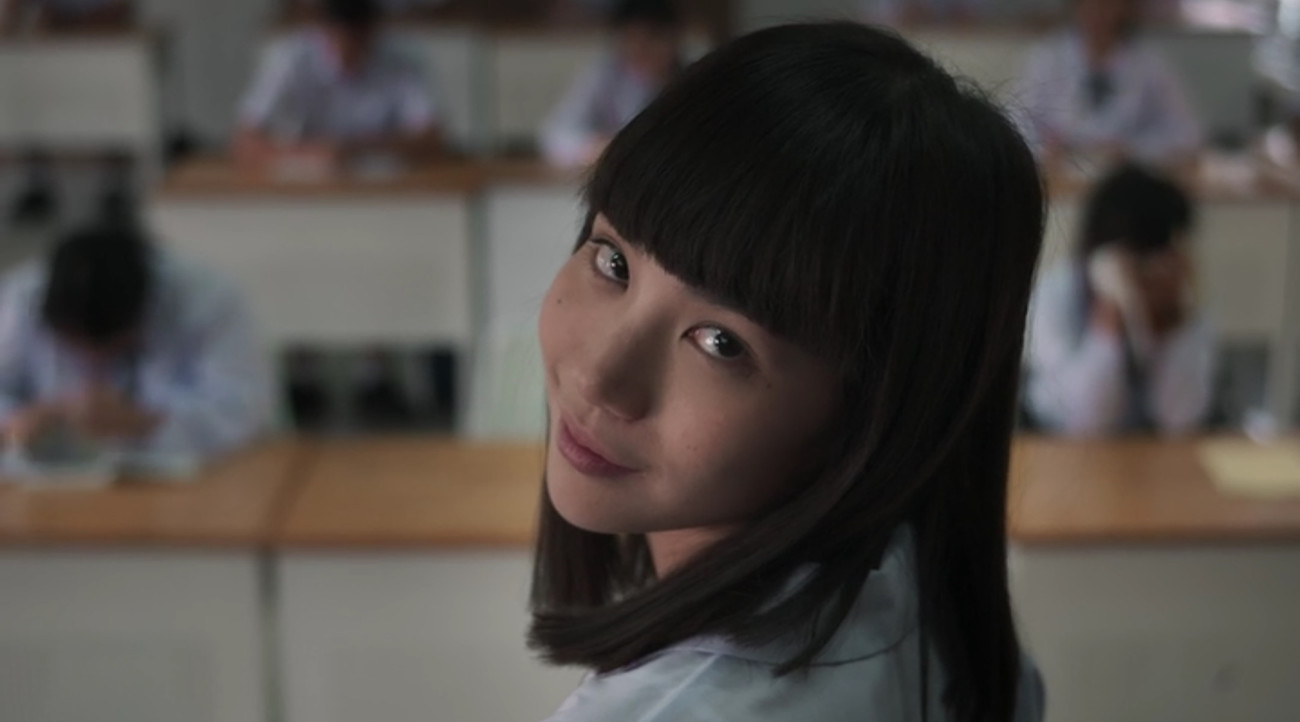
10. Apologies (S01E02, dir. Sitisiri Mongolsiri)
Some decisions may haunt you, but few will do so quite this literally. Girl From Nowhere‘s second episode ‘Apologies’ is the first time we see the series make use of its supernatural elements, as Nanno’s victims in this episode question who, or what, Nanno is. This is wonderfully telegraphed early in the episode during a hallucinatory scene involving Nanno dancing atop a platform at school as text messages from students talking about Nanno appear on screen.
In ‘Apologies’, Nanno’s presence as the new girl attracts the attention of her school’s three elite basketball players. They do everything they can to try and win over her affection, including enlisting the help of two girls in Nanno’s class who’re jealous of her. Together with the girls, they concoct a scheme to get Nanno drunk enough for the boys to have their way with her. But in true Nanno fashion, it’s her who has the last laugh as she turns the tables on the students for their crimes against her.
Asian filmmaking is no stranger to tackling sexual violence on screen — examples such as South Korea’s Han Gong-ju (2016) or Japan’s All About Lily Chou-Chou (2001) come immediately to mind — and such a topic should be treated seriously and with some level of finesse. ‘Apologies’ fails to produce a nuanced conversation around the issue and approaches its subject matter in such a way that more closely resembles a cliché teen horror. While it isn’t entirely bad, as the episode is somewhat entertaining and the students do get their comeuppance, some sophistication or maturity would also have been appreciated.
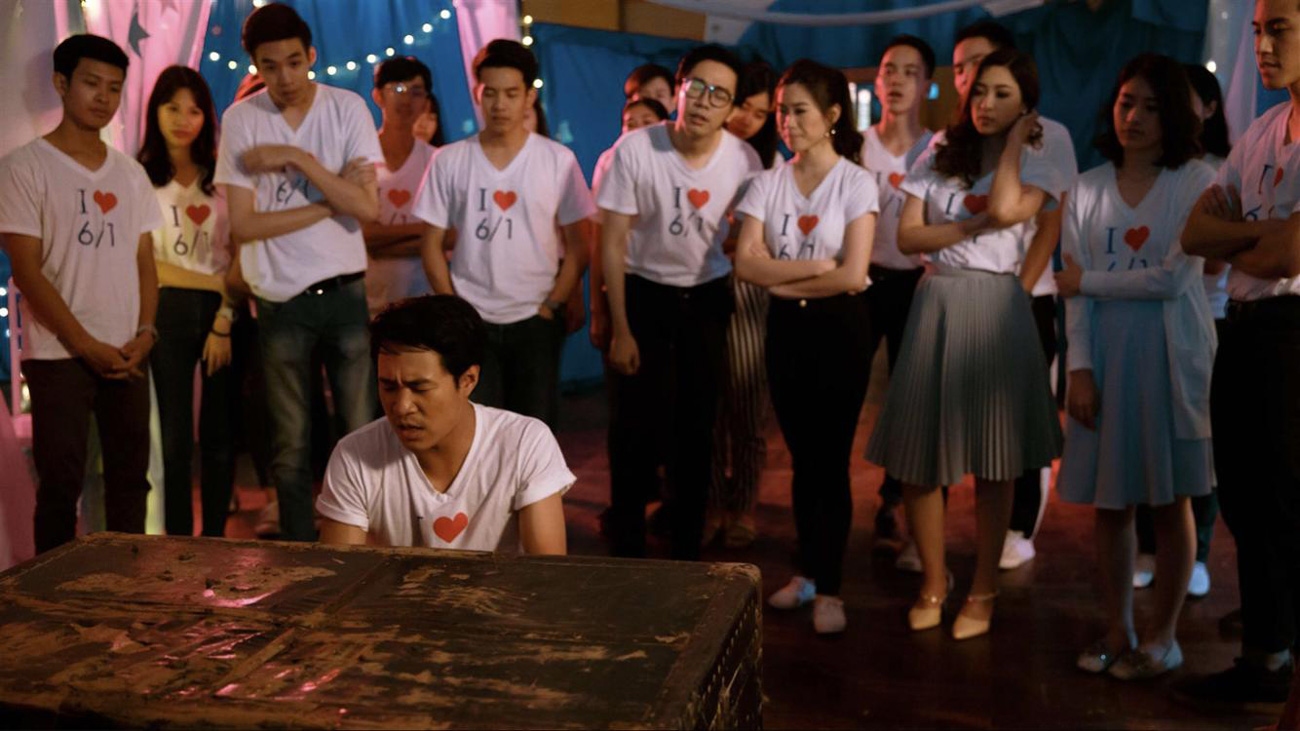
9. BFF, Part 1 (S0E12, dir. Khomkrit Treewimol)
The first part of Girl From Nowhere‘s season finale is very much a slow-burner that only really pays off in its second part. In this episode, a group of high school alumni reunite ten years after their graduation. During festivities, they open up a time capsule buried at the time of their graduation and unlock it, only to find that something is amiss with some of the contents inside.
A large portion of the episode is spent in the past as alumni reminisce and wonder about what happened to ‘Psycho Nanno’, a girl who used to attend their high school. Nowhere is it stated that this is Nanno’s origin story but you could certainly make the case for it here. ‘BFF, Part 1’ might not be hugely exciting as a single episode, but there is enough here to warrant attention from viewers willing to stay on for the story’s superior and terrifyingly explosive second episode.
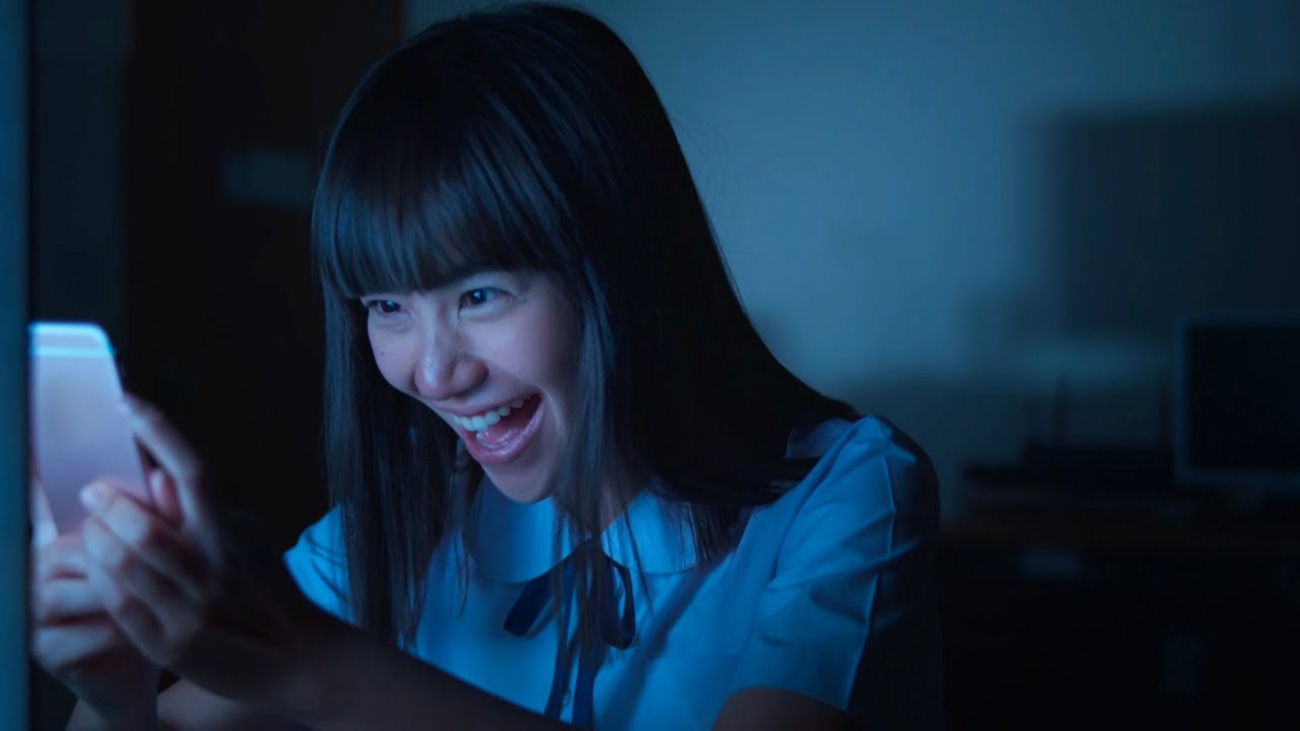
8. The Ugly Truth (S01E01, dir. Pairach Khumwan)
Any pilot episode to a new series should be accessible enough to encourage viewers to stay around and to give people an idea of what they can expect from the series moving forward. ‘The Ugly Truth’ achieves just this by both establishing its dark tones and gently introducing the enigmatic Nanno in a premise that makes it easy for new viewers to latch onto.
Nanno’s first victim in the series is a predatory teacher who grooms select teenage girls at an award-winning school for his carnal pleasures. The episode’s strength lies in its simplicity. A pedophile makes for an easy target, both for the audience and for Nanno. Girl From Nowhere is rarely as black and white as it is in its first episode, yet by positioning Nanno as a destructive force of justice, the show softly introduces the character’s malevolence in such a way that doesn’t entirely alienate new viewers.
As Girl From Nowhere progresses beyond the first episode, however, the lines between good and evil are continually challenged. And while her victims are never the same type of people and always change from episode to episode, one thing that ‘The Ugly Truth’ firmly establishes moving forward is that Nanno’s own happiness will always come from watching the misery and humiliation of others.
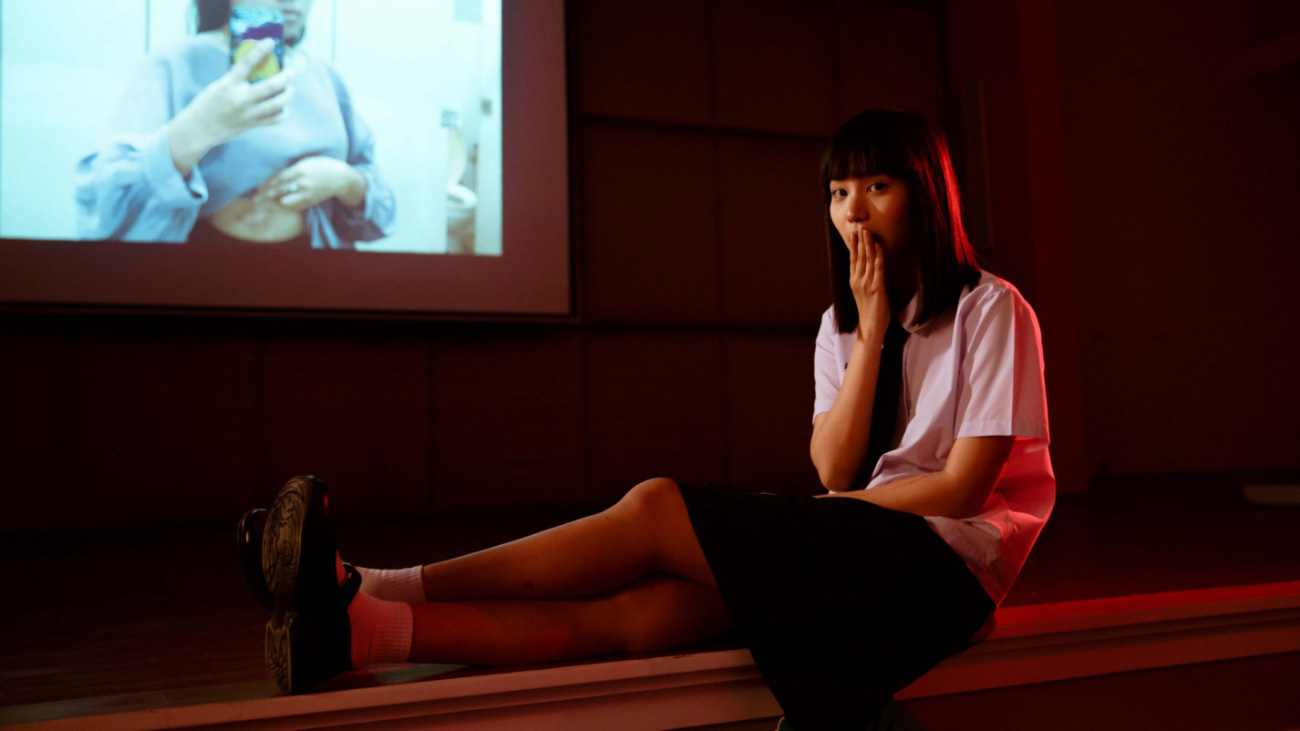
7. BFF, Part 2 (S01E13, dir. Khomkrit Treewimol)
Continuing on from where the first episode of the season finale left off, ‘BFF Part 2’ cranks the chaos to astronomical heights. Here, we see Nanno at her most vengeful as she exposes her former classmates secrets and pushes them to their breaking point.
‘BFF, Part 2’ is certainly one of the most shocking entries of the series and is perhaps one of the most violent episodes of television ever produced. Does it jump the shark a little? Perhaps. But with twist after twist in the story, fans of bloody spectacles akin to Sion Sono’s filmmaking will likely find delight in the episode’s brutal ugliness. Others may be disgusted or repelled by its extreme violence altogether, as this episode’s ruthlessness is a marked contrast from the less bloody but no less violent scenarios of the episodes that came before it.
And in that sense, perhaps it is a very appropriate means of closing out Girl From Nowhere, which hasn’t been announced for a second season at this time. If you’re going to go out, do it on a high-note and don’t pull your punches (even if we ignore the fact that its conclusion is a bit of a cop-out).
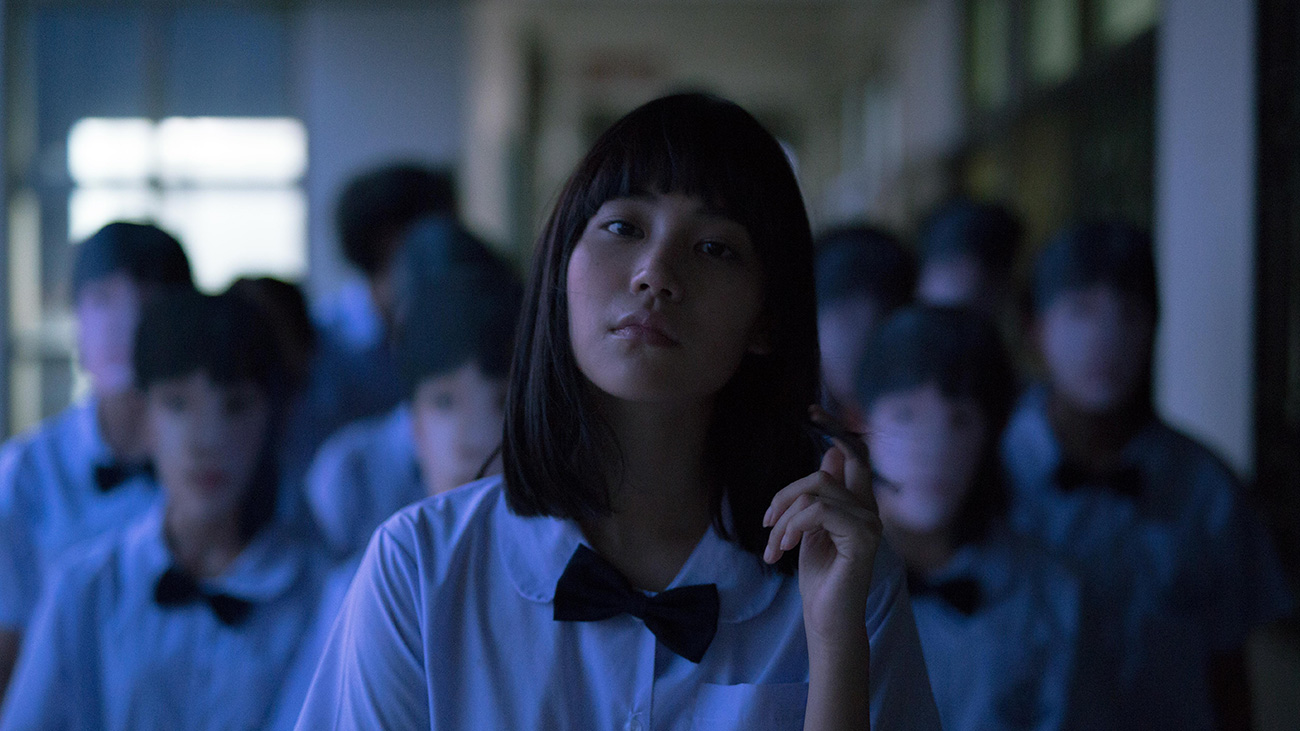
6. Social Love (s01E05, dir. T-Thawat Taifayongvichit)
While all of Girl From Nowhere‘s episodes gradually build with tension and climax in chaos, few maintain a steady sense of dread and creepiness that ‘Social Love’ delivers. Turning the teen romance genre on its head, ‘Social Love’ starts off as a love triangle only to morph into something a little more sinister.
When the entire student cohort begin to romantically link Nanno with the most popular boy at school, Hann, and champion their romance, concerned girlfriend Yui calls into question her relationship with her boyfriend. Hann re-assures her that it has nothing to do with love and that he is only playing the part to make everyone at school happy.
The episode’s creepiness is largely derived from its portrayal of modern fandom. With ‘stan’ culture the way it is around the world today, ‘Social Love’ depicts fandom as an unwavering cult that’s willing to go to extreme lengths to defend the integrity of its idols, both online and off. The episode’s muted colours further reinforce the hivemind’s uniform thinking. While ‘Social Love’ might not add anything new to the subject of fandom, using it as a means of testing Hann and Yui’s relationship certainly makes for some great moments.
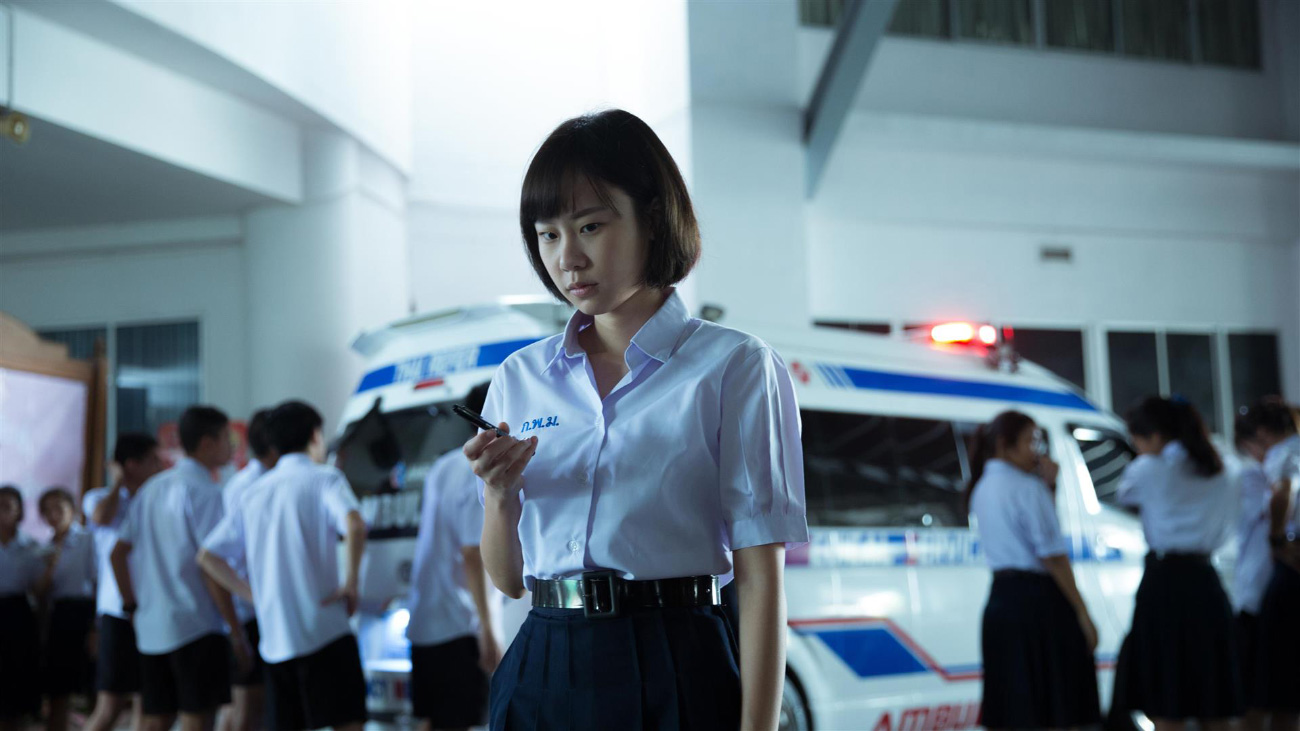
5. Wonderwall, Part 1 (S01E06, dir. Jatuphong Rungrueangdechaphat)
Magical-realist rom-coms are nothing new in Asian filmmaking, but like ‘Social Love’, Girl From Nowhere‘s first two-part story in the series transforms yet another romantic premise into a cautionary tale. ‘Wonderwall, Part 1′ introduces viewers to Bam, a girl with a massive crush on the star soccer player at her high school.
Nanno’s presence at school and her participation in soccer practice meddles with Bam’s attempts to get close with her crush. Out of frustration, she writes a juvenile insult about Nanno on a toilet cubicle wall, only for her statement to come true.
As expected, the episode initially plays up Bam’s use of the wall to lighthearted effect as Bam relishes in having a bit of fun at Nanno’s expense. But as the episode moves closer towards its conclusion, the series’ darker qualities settle in as Bam realises how much power she actually has. This knowledge extends even further into the next episode where severer ramifications begin to take place.
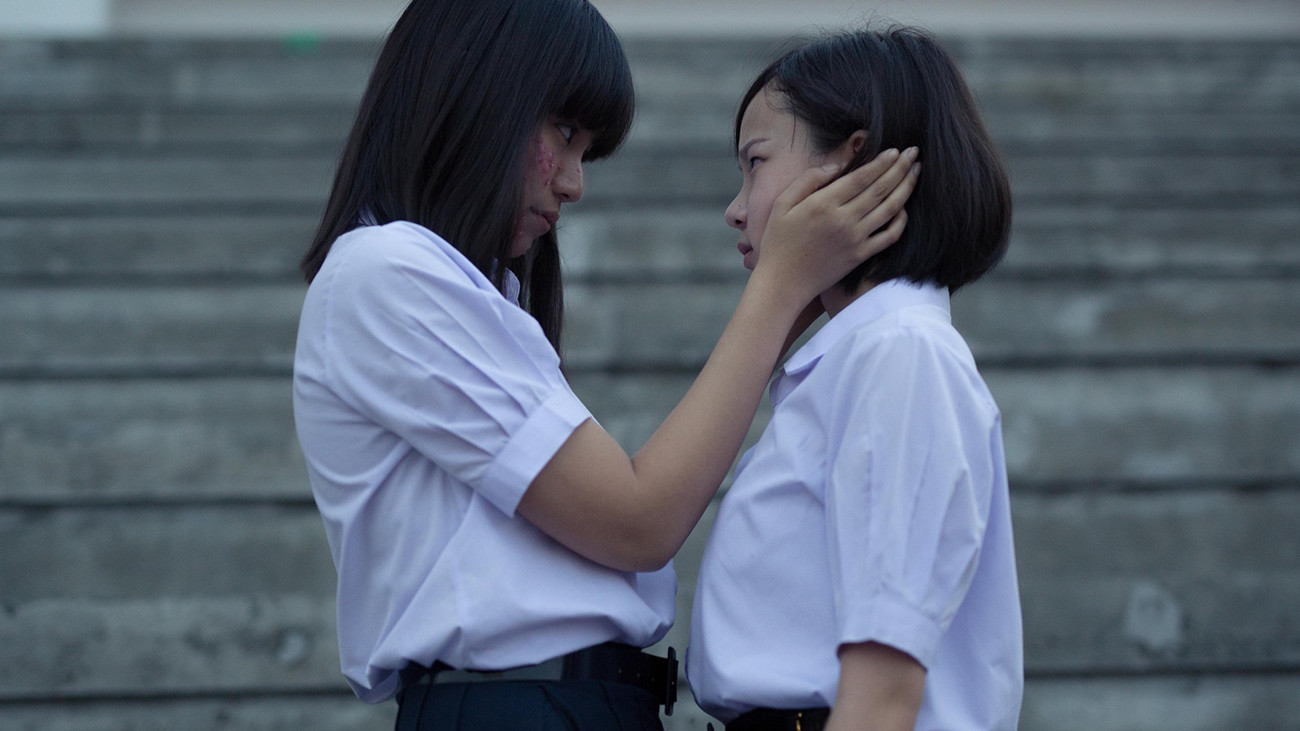
4. Wonderwall, Part 2 (S01E07, dir. Jatuphong Rungrueangdechaphat)
It is hard to discuss this episode without elaborating on spoilers so without giving away too much, the second part of ‘Wonderwall’ spins out from the first terrifically as we watch a desperate Bam do everything she can to clean herself of her guilty conscience and make everything right at her school.
Abandoning the lighter moments of its preceding episode, part of this episode’s strength is its urgency around Bam’s story. The second entry of ‘Wonderwall’ really earns its final moments of horror as Bam discovers the extent of what she’s done and must live with the consequences of her actions.
By denying the audience a third part to the ‘Wonderwall’ story, the episode’s open-ended conclusion is made that much more powerful and sombre.
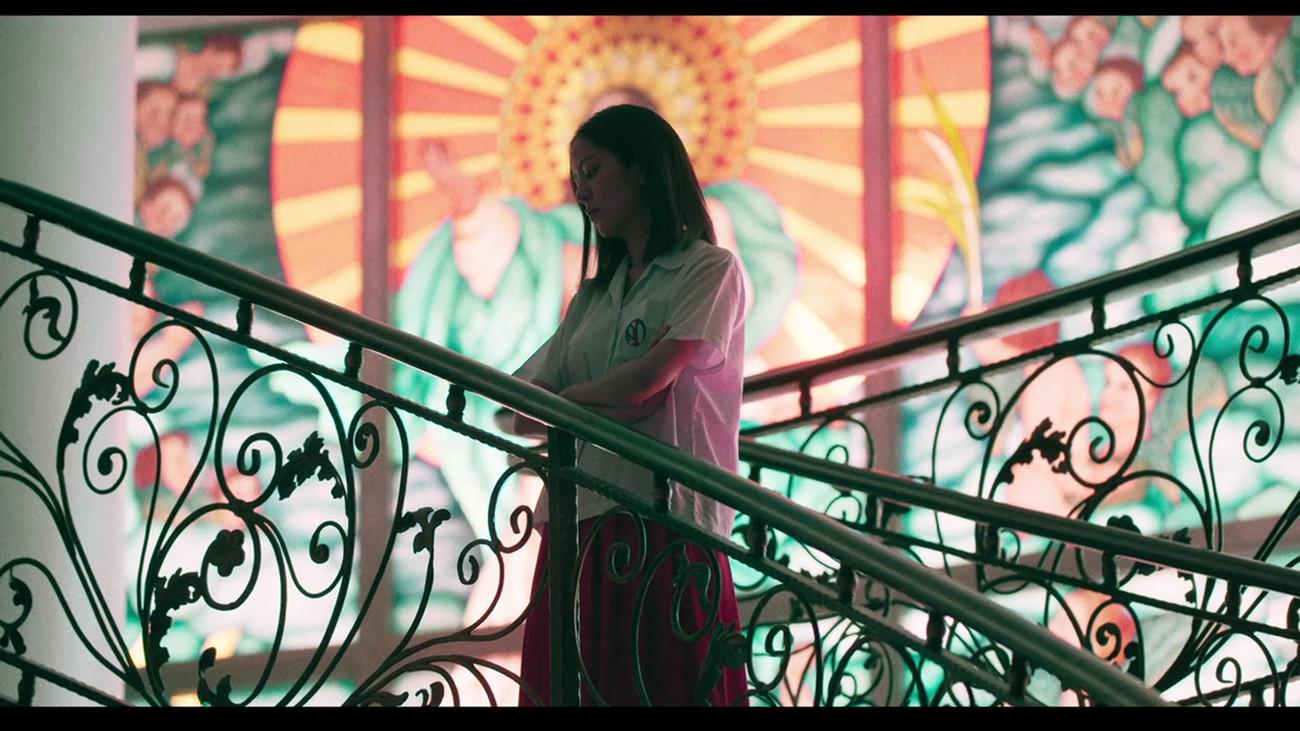
3. Trophy (S01E03, dir. Apiwat Supateerapong)
It is with Girl From Nowhere‘s third episode, ‘Trophy’, where the show really begins to hit its stride. ‘Trophy’ begins a quality run of episodes that pay closer attention to teenaged insecurities and builds off from this by focusing on a singular lead. ‘Trophy’ is all about the desire to be the best at something as Nanno tests Mew, a failing student at a school for the academically-gifted.
With a clearer focus on the teenage experience, ‘Trophy’ allows viewers to engage more with Nanno’s tormented teenagers by giving the quieter moments in a student’s life — at home or in the school hallways — some room to breathe (look to a scene shot under Mew’s blanket as an example). This episode, and the handful that follow it, understand the importance of such moments in building story and character and make sure to provide a level of restraint amidst the chaos to follow.
In addition to re-calibrating the series’ focus more keenly towards teenage anxieties, ‘Trophy’ also stands out for its filmmaking. Clearly not beholden to a traditional means of televised storytelling, the episode appears to have been shot on film and is also distinguishable for its use of a collapsing aspect ratio that gradually envelops the screen. These creative decisions make sense thematically, even if they aren’t exactly subtle, and help elevate Mew’s story as we see how pressure and expectation ends up swallowing the wannabe star student.
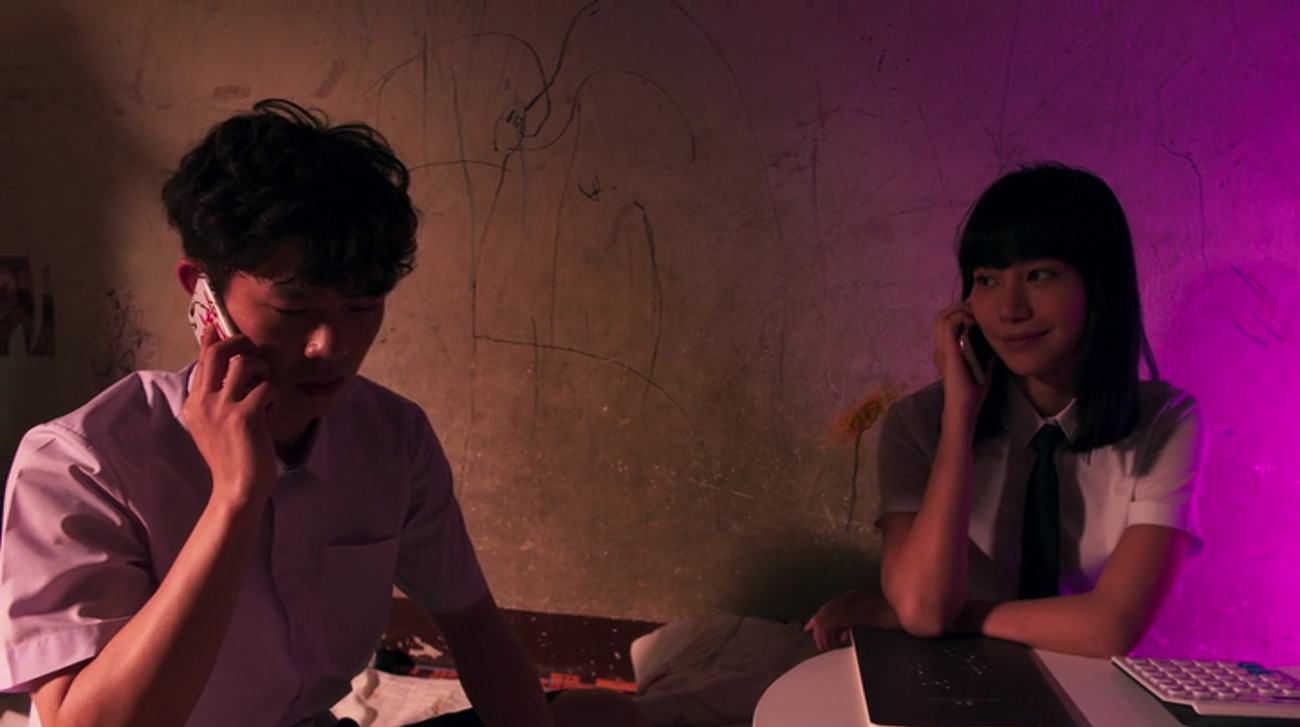
2. Hi-So (S01E04, dir. Khomkrit Treewimol)
Few episodes of television are as bold as Girl From Nowhere‘s fourth episode, ‘Hi-So’. Before the opening titles kick in, Nanno speaks directly to the audience and makes it clear that wealth and privilege are the source of this episode’s concerns. She does so with a camera that’s uncharacteristically jaunty for the show, which is also a hint at what kind of filmmaking is about to follow.
When an episode of television makes use of the elaborately designed single-take scene, it’s usually cited as a major centerpiece of the series. Like True Detective‘s ‘Who Goes There’ or Daredevil‘s ‘Cut Man’, Girl From Nowhere‘s own ‘Hi-So’ is certainly a standout in the series. And while it isn’t as as elaborately choreographed or staged as the set-pieces in the listed examples above, Girl From Nowhere makes up for it by producing an episode that’s comprised of multiple single-take shots with each scene varying in length across the episode’s half hour run time. Not every scene is as flashy as the last, but all serve a purpose in maintaining visual familiarity for viewers while heightening the episode’s surreal plight of Dino, a young man with parents from a working class background who poses as wealthy student to fit in at his affluent school..
There are also some really creative flourishes in the mise-en-scène and on-screen graphics that are rather ingenious (such as a key scene in Dino’s bedroom). While the documentary elements could have been excised completely, ‘Hi-So’ remains an inventive episode and is a high benchmark of the series.

1. Lost & Found (S01E08, dir. Siwawut Sewatanon)
If ‘Hi-So’ was Girl From Nowhere at its most audacious and stylish, ‘Lost & Found’ is perhaps the series at its most mature. Rather than distinguish itself by being a visually opulent piece of television or embracing some of the series’ dark horror elements, ‘Lost & Found’ mostly plays it straight and is the closest thing the series has that resembles a coming-of-age drama. It’s smaller in scale than the episodes that come before it, but largely benefits from its reduced cast and more intimately told story.
With its central story revolving around a teenager, TK, who shoplifts and gets into trouble at school just to get the attention of his absent father, ‘Lost & Found’ is also significant in that, for the first time in the series, viewers glimpse that demon child Nanno is perhaps capable of having a heart.
Episodes like ‘Lost & Found’ are certainly revealing for Nanno and also allow actress Chicha Amatayakul to bring further dimension to her character. Her final scene in the episode emphasises this and shares some visual symmetry to Rutger Hauer’s timeless ‘”tears in the rain” speech from Blade Runner. We may never get answers as to what Nanno is or how she came to be in this world, but as ‘Lost & Found’ demonstrates, she is much more complex than what previous and following episodes of Girl From Nowhere would have you believe.
